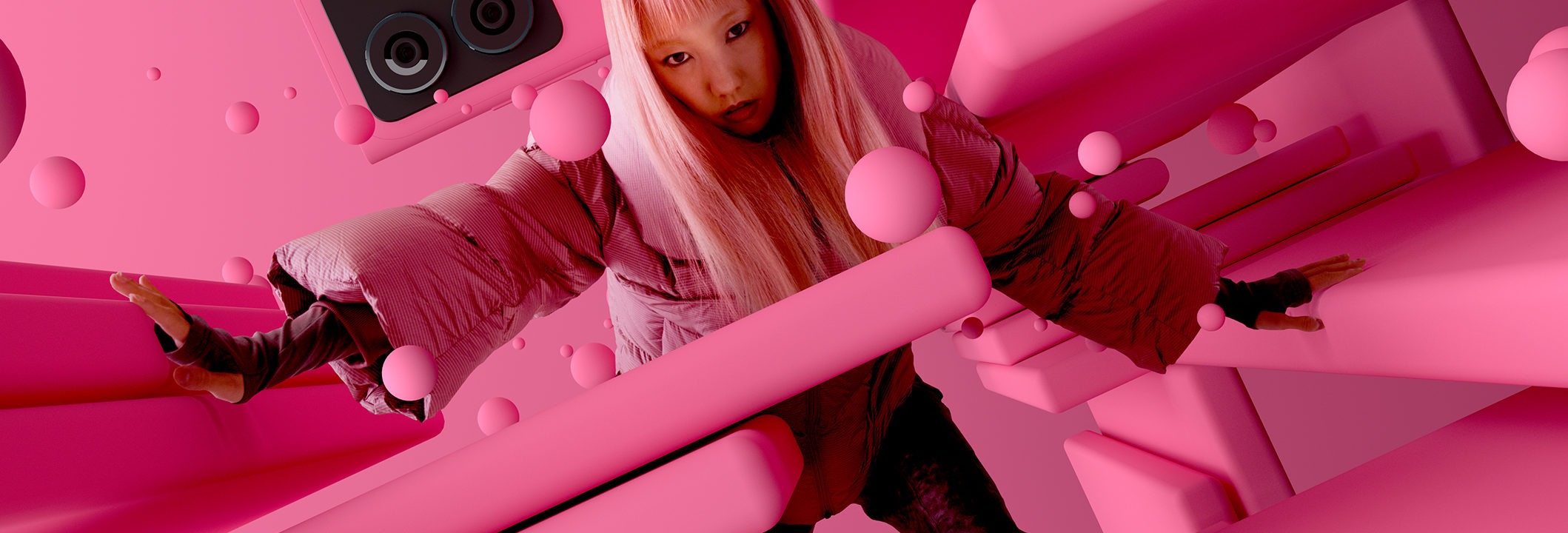With its new multi-brand strategy, a wide range of devices and ambitious sustainability goals, HMD manages its intellectual property on several fronts. We look at how the company does it.
 The mobile phone industry has always been IP intensive. Major players in networks and handsets have extensive patent portfolios to protect their technologies – many of which are fundamental to cellular communications. Brands must also protect their trademarks and designs.
The mobile phone industry has always been IP intensive. Major players in networks and handsets have extensive patent portfolios to protect their technologies – many of which are fundamental to cellular communications. Brands must also protect their trademarks and designs.
Since 2016, Finnish mobile phone manufacturer HMD has been offering feature phones, smartphones and tablets under the Nokia brand. The company has now shipped more than 400 million devices globally. The Nokia phone brand continues to be strong, making it a prime target for counterfeiters.
“With our popular feature phones – such as the Nokia 105 and Nokia 110 – we face a big counterfeiting challenge. There are many online counterfeit listings each week,” says Karolina Hannonen, Senior Paralegal at HMD.
“We fight against this with anti-counterfeiting partners around the world. This means using online monitoring systems to identify and take down infringing content, collaborating with customs authorities, and performing in-market raids on factories and warehouses,” says Hannonen.
Papula-Nevinpat is one of HMD’s partners in IP matters. The partnership is set to strengthen further as HMD – or ‘Human Mobile Devices’ – begins to sell mobile devices under its own brand this year.
“Protecting trademarks and designs is vital for HMD and we are now working hard to protect the HMD brand and designs in different markets. Based on our business goals, Papula-Nevinpat has been helping us to register our trademarks and protect our designs globally,” says Emma Sopyllo, Head of IP and Litigation at HMD.
The balance between trends, technology and sustainability
Design trends for mobile devices change over time, driven by shifts both in consumer tastes and technology specifications. Until just a few years ago, many devices had fully metal casings. There was also more variety in terms of form factor. Then came the move from 4G to 5G, which introduced different antennas that do not work with metal casings.

Photo: HMD
“This is a good example of how technology changed the design game. Now smartphones have 5G antennas, big displays and larger batteries to provide the much needed power. There are not too many ways you can arrange these components, which is tricky for a designer,” says Miika Mahonen, Principal Designer at HMD.
Mahonen has been designing phones for more than a decade. He says it’s a challenging field of design, as consumers want devices that look fresh yet also stay within certain boundaries.
“Every year you have to reinvent the visuals so that the object is new again. There’s always a main trend driven by a major player, but our research shows there is also a trend threshold you do not want to overstep,” explains Mahonen.
“As device designers, we need to find the right balance between hardware performance, materials and whatever look the market wants. This tug-of-war impacts our IP strategies too.”
HMD is making a big push towards sustainable mobile phone design, winning a Platinum EcoVadis rating for the last two years. By the end of 2024, the company is aiming for up to 75% of its smartphones sold in Europe to be repairable by consumers.
This focus is aligned with HMD’s sustainability strategy and its environmental goals. Simultaneously, the European Union’s forthcoming Ecodesign Regulation is driving all mobile phone manufacturers to design circular products.
Last year HMD began collaborating with iFixit, an online platform offering free repair guides and tools for a wide range of electronics. The ‘right to repair’ is now an important topic in the mobile device industry, causing manufacturers to rethink how they design.
“You need to consider this repairability aspect when you start to develop the device. It’s changing the mechanics of modern smartphones, as consumers need to be able to open the body, take out the battery and easily seal it up again afterwards,” explains Mahonen.
He believes this trend may impact intellectual property filings, with device manufacturers seeking to protect mechanical innovations related to repairability.
“HMD is one of the forerunners in repairability. This will be one of the trends of the future – not just for phones, but in everything,” concludes Mahonen.
HMD Global Oy is a licensee of the Nokia brand for phones & tablets. Nokia is a registered trademark of Nokia Corporation.


 The mobile phone industry has always been IP intensive. Major players in networks and handsets have extensive patent portfolios to protect their technologies – many of which are fundamental to cellular communications. Brands must also protect their trademarks and designs.
The mobile phone industry has always been IP intensive. Major players in networks and handsets have extensive patent portfolios to protect their technologies – many of which are fundamental to cellular communications. Brands must also protect their trademarks and designs.








